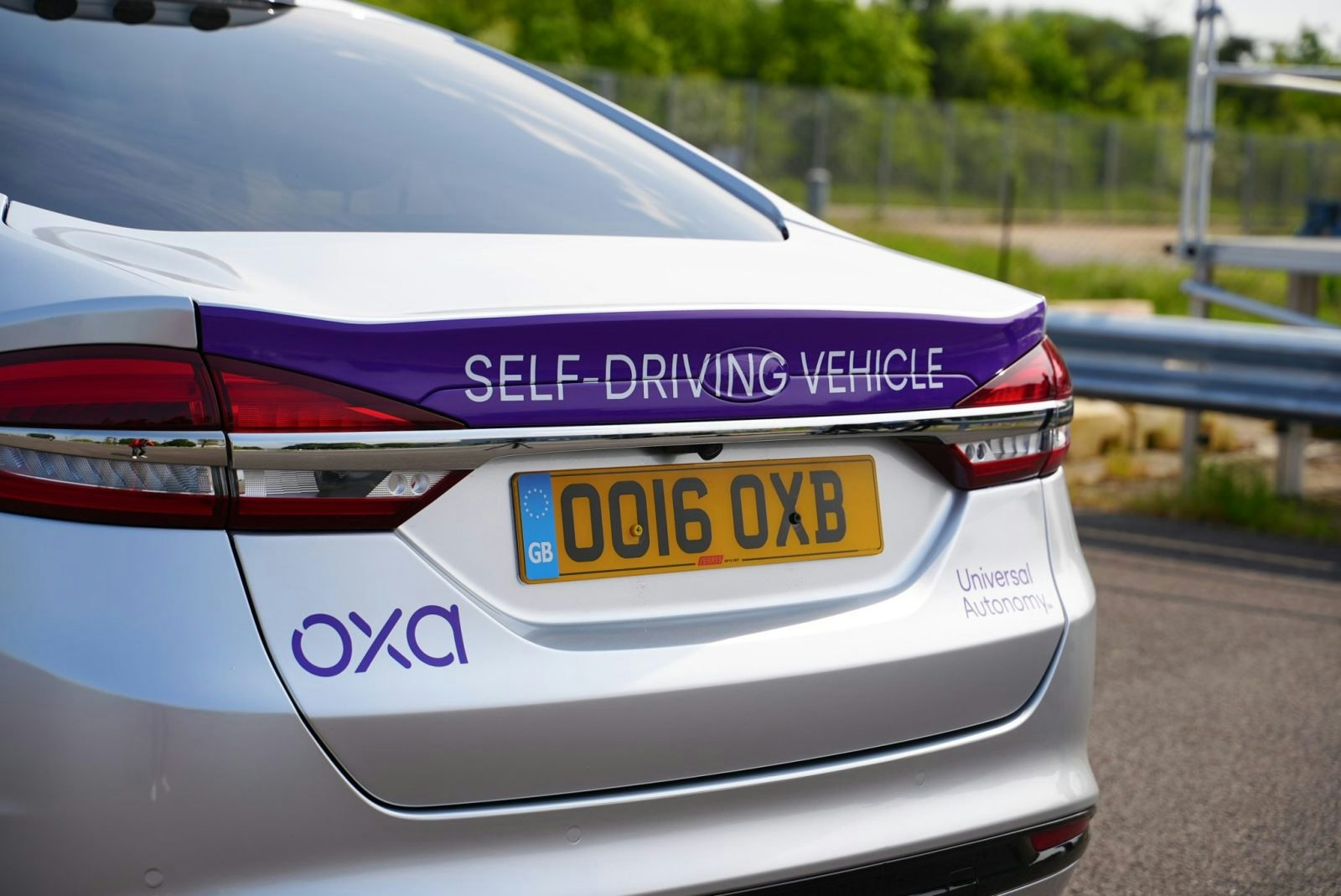Since last summer we’ve seen an unprecedented opening up of AI capabilities to the world beyond the largest research labs. Generative AI (GenAI) has produced its first viral consumer-grade products and minted several multibillion-dollar companies all in the space of a few months. Now that Pandora's generative box has been opened, it’s hard to see us going back to the way things were before.
But there’s more: every week ushers in new use cases for GenAI products. Things feel similar to the App Store in 2008, when the earliest products were simple games, RSS-readers and points of interest on a map. In GenAI, we’re seeing the most obvious “first order” products come first: think generating marketing copy, profile pictures, visual assets for ecommerce and games, and “helping” students write essays.
With this deluge of new products and companies, it’s easy to lose sight of the bigger picture. I’d argue we need to reframe the way we think about what we’re calling “generative AI”, moving away from the idea that it is in and of itself a product.
Understanding where value is created by AI is key
Instead, we need to consider these models as a tool to develop new products and services, outside of our existing capabilities. And in order to imagine what some of those products and services we might be, we need to understand how GenAI models create value versus older models.
The outputs of GenAI aren’t as fungible as the outputs of discriminative AI — AI models that are used to predict labels or classifications — or deterministic software models.
Let’s take the example of an AI-developed drug. A discriminative model can rank molecules or classify images of cells in a screening experiment, but these are all subtasks to the work of creating a potent drug. By contrast, a GenAI model would allow you to input the desirable features and produce the drug you wanted as the output. Here, the model responds not to individual actions, but to the overall objective.
With this comes huge potential significance and value capture potential: the model essentially supersedes so much more of the value chain. You need one or two steps to get to the final result, instead of 10.
Full-stack products powered by GenAI such as an end-to-end drug discovery platform might one day reap the economic upside of bringing a drug to market
From a commercial standpoint, that means that GenAI companies that offer full-stack products are more likely to be successful rather than companies that sell or license out a model.
A company that provides access to a GenAI model is likely to make its money through volume-based pricing models that gate access with tokens. By contrast, full-stack products powered by GenAI such as an end-to-end drug discovery platform might one day reap the economic upside of bringing a drug to market. Indeed, solving the entire objective is more valuable than solving an interim task.
What does this tell us about which GenAI companies will succeed?
So how might this framing of GenAI capabilities and its value creation and capture methods tell us about the nature of future $100bn GenAI companies? Well, they’re likely not going to be glossy selfie generators or writing aids that already have their market winners.
The first group of companies will be biotech. Right now our interpretation of raw biological data is far from perfect, in part because we have designed it to be friendly to humans. For example, using a label like “bind” vs “doesn’t bind” to describe how a drug interacts with its target massively oversimplifies the immense data dimensionality that an AI model is perfectly suited to learn from.
Biology is a data-rich domain and a host of the methods we use to interpret data like RNA, genome sequences, and diagnostic images are badly in need of improvement. It might turn out that AI, and GenAI specifically, will arm biologists with a more powerful way to fully harness the complexity and richness of data.
GenAI models applied to biological problems could be as revolutionary an upgrade as the James Webb telescope was over the Hubble. This will support the emergence of a whole new generation of techbio companies.
These companies aren’t the single-asset biotech companies of yore, built around academic research on a single disease target or family of drugs. They are creating reusable capabilities — platforms — on top of which specific drug campaigns can be run and specific diseases can be targeted. This means they can often bring drugs to market faster because they can search and design in silico for a target and high potential drug candidates, and spend less time testing unsuccessful drugs.
Never again will you have to look up how to perform a specific formula on Excel: the software will solve it for you
Another place we’re likely to see the advent of transformational GenAI applications is automating the enterprise. Companies are already developing new modes of computer human interaction that tip the balance in favour of machines auto-completing actions in our favourite software tools.
Like the leap from a command-line to the user-friendly computer interfaces we know today, OpenAI’s tie-up with Microsoft promises a shift towards automation within the software solutions a huge proportion of us interact with every single day. Never again will you have to look up how to perform a specific formula on Excel: the software will solve it for you.
While the actions targeted for automation start out being menial ones such as search, retrieval and number crunching, far more complex actions will fall into scope as AI capabilities continue to improve. We might be met with a world where every professional is equipped with a capable digital agent that has vast baseline knowledge on solving tasks, can rapidly learn from user demonstration, and will eventually become hyper-personalised.
The latest iteration of GenAI is a major leap in AI capabilities and the rate of change in the field promises more transformation on the way. If we take the time to think beyond the obvious first-order use cases we discussed, the field opens up a great deal of possibilities. The question is just: who’s willing to find them?
Nathan Benaich is the founder and general partner of AI-focused VC firm Air Street Capital.


